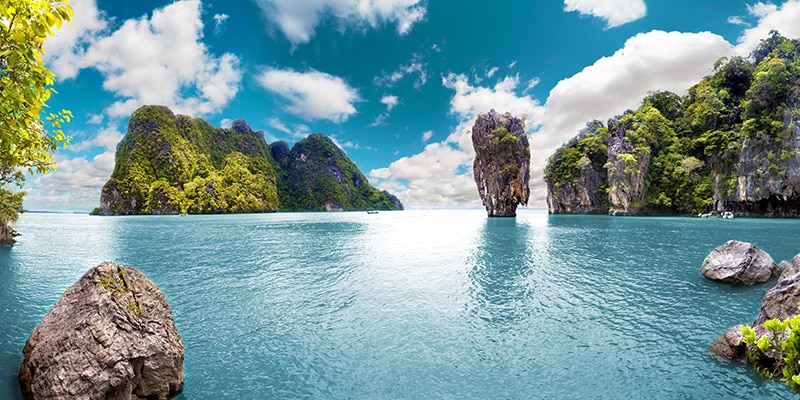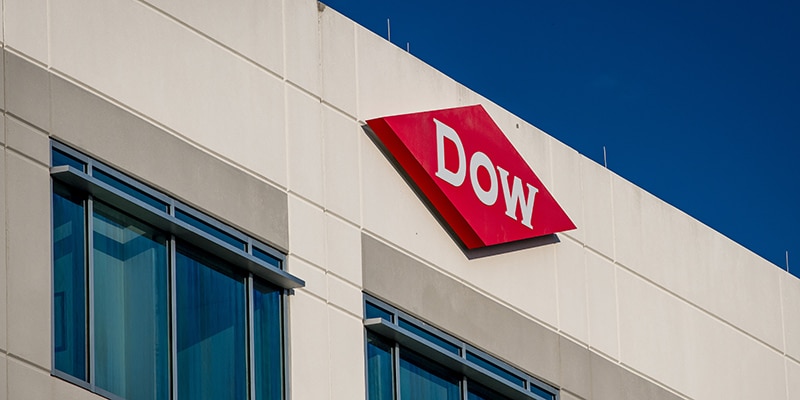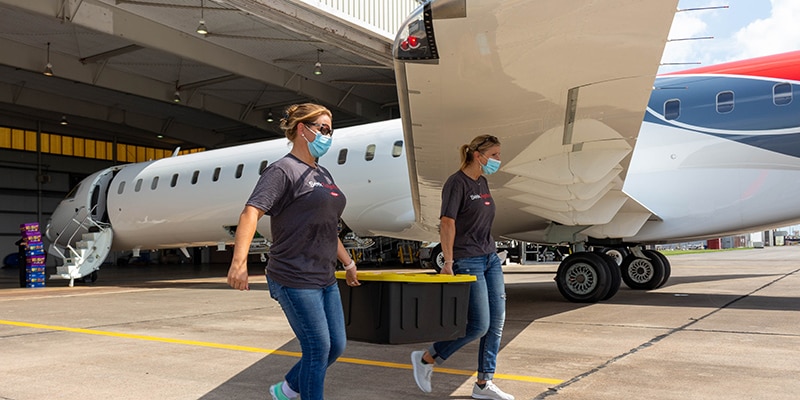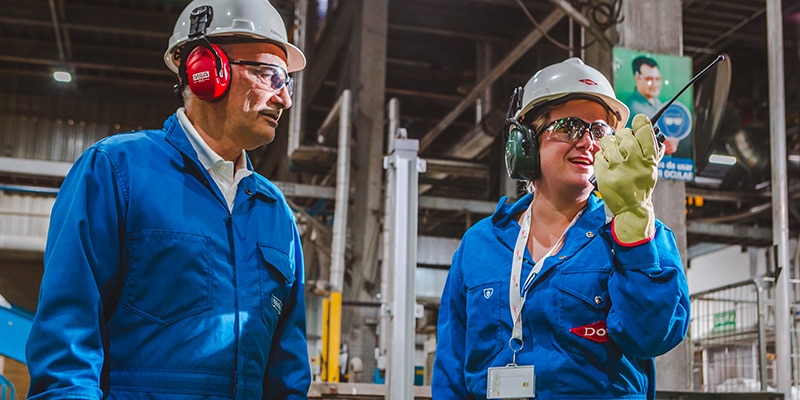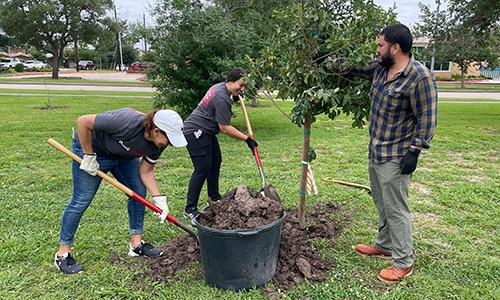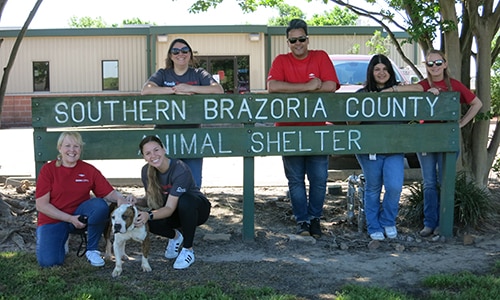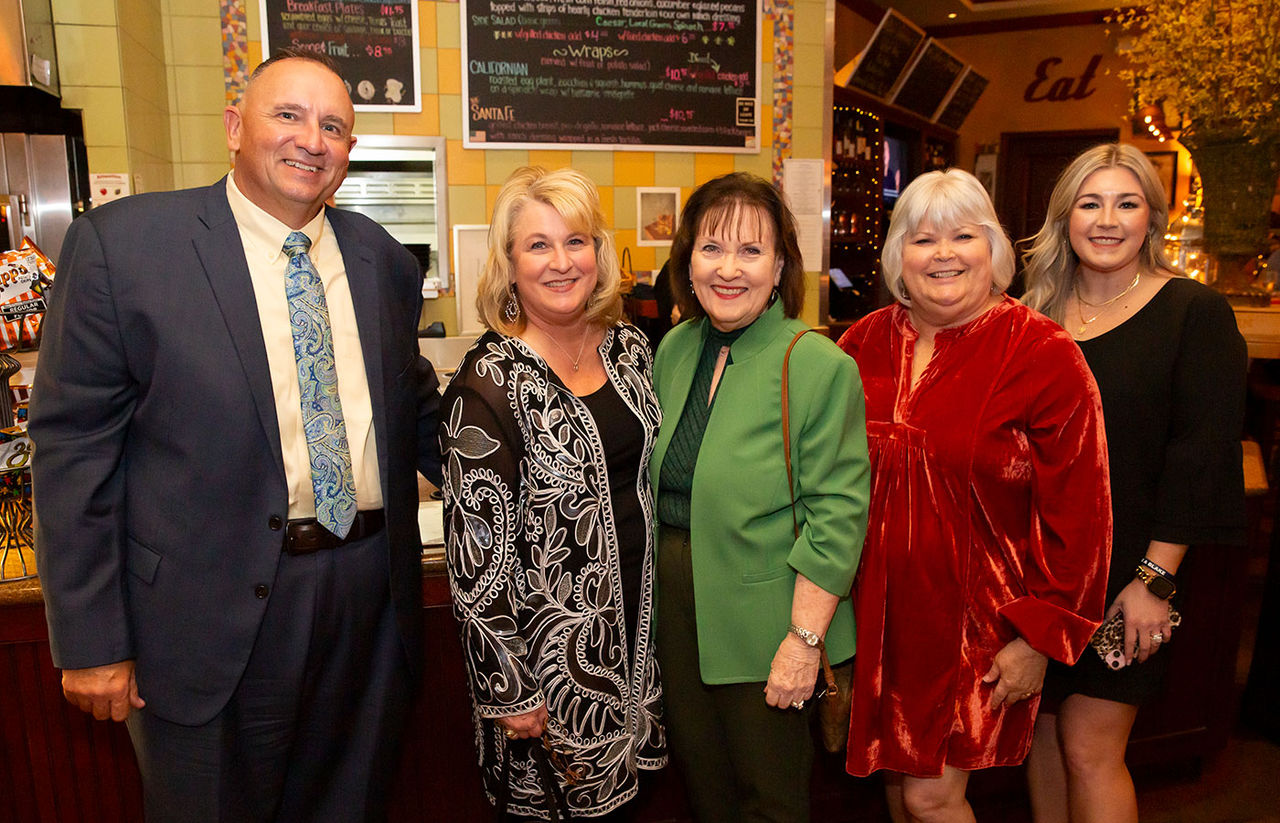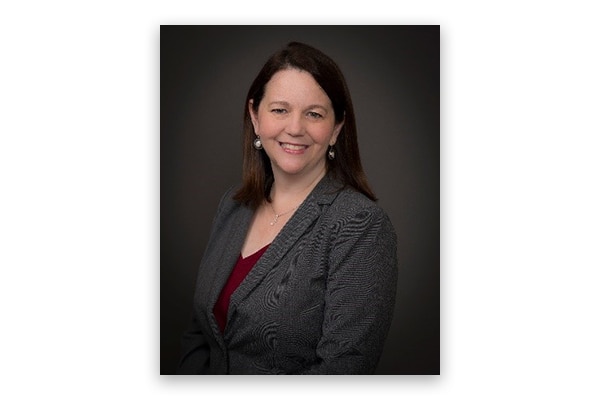Thanks for connecting with us.
Texas Operations is Dow's largest integrated site spanning 7,000 acres. The facility manufactures 44% of Dow's products sold in the United States and more than 21% of Dow's products sold globally.
We are guided by our ambition to become the most innovative, customer-centric, inclusive and sustainable materials science company in the world.
- Innovative: Alongside our customers, we create the materials and solutions that transform our world.
- Customer-Centric: We aim to be easy, enjoyable and effective to do business with through all our interactions.
- Inclusive: We champion a fully inclusive workforce that reflects the world in which we do business, because it’s the right thing and smart thing to do.
- Sustainable: In everything we do, we strive for positive impact on society and the planet.


